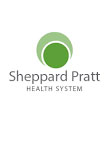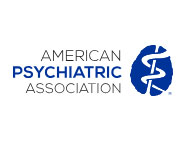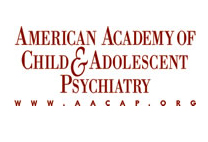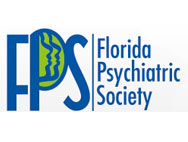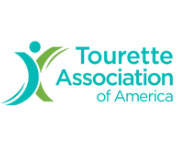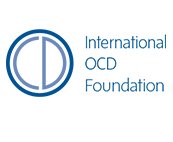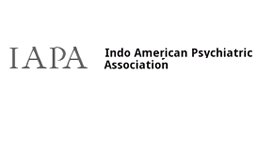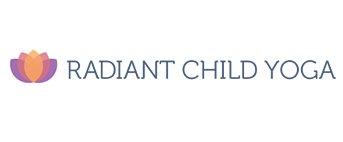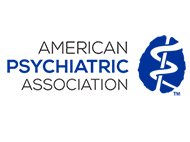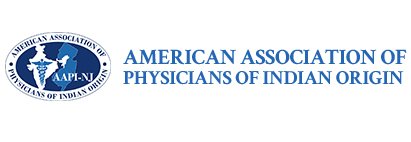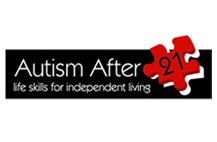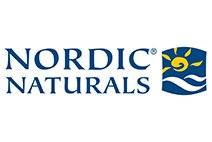The Correlation between Substance use and eating disorders

Numerous research has examined the relationship between eating disorders (Eds) and substance abuse disorders (SUDs) in recent years. The most common types of eating disorders include anorexia nervosa, bulimia nervosa, and binge-eating disorder. Researchers have found that a percentage of those who suffer from these disorders also have co-occurring substance issues. Dr Kothari, a psychiatrist in Boca Raton, specializes in eating disorders and addiction.
Co-occurrence
When studying the co-occurrence of EDs and SUDs, researchers found that Alcohol, tobacco, and caffeine are the most used substances in individuals with EDs. These drugs are known for suppressing the appetite and are often used by those with eating disorders in substitute of food consumption. However, studies have revealed that people with different Eds have varied drug preferences. Individuals with Bulimia Nervosa often prefer hallucinogens, whereas those with Anorexia Nervosa show greater usage of sedatives.
There have been several hypothesized causes for the co-occurrence of EDs and SUDs. Researchers proposed that Anorexia Nervosa behaviors of restriction and substance use are negative coping mechanisms used for dealing with inner trauma and stress. The use of substances and restrictive behavior may also give a false sense of control and well-being for individuals with EDs.
Risk Factors
Risk factors for both disorders include traits of high perfectionism and impulsivity. SUDs and EDs are also rooted in Emotional dysregulation and past traumatic experiences. Behaviors of Self-sabotage are also a reoccurring factor between these disorders.
Prevalence
After conducting 52 studies, researchers collected data determining a 16% prevalence of substance abuse disorders correlating with eating disorders. Of the 16%, about 10% of these disorders include alcohol consumption disorder. Another 6% suggests cannabis use disorder.
References
Mestre-Bach, Gemma, et al. “Co-Ocurring Substance Use and Eating Disorders.” Psychiatric Times, Apr. 2023, pp. 18–19.
Accessed 8 September 2023.
Dr.Kothari is amazing! She has been my doctor for years...
I have been a patient of Dr. Kothari for over three years. She has invested her heart...
Dr. Kothari has been seeing my sons for seven years. She is a wonderful resource...
Dr. Kothari is very caring. Appointments and waiting times are great...
When we started seeing Dr. Kothari, my son was dealing with a great...
Dr. Kothari has saved my life, this I can say without reservation...

 Patient Forms
Patient Forms Videos
Videos Location
Location

